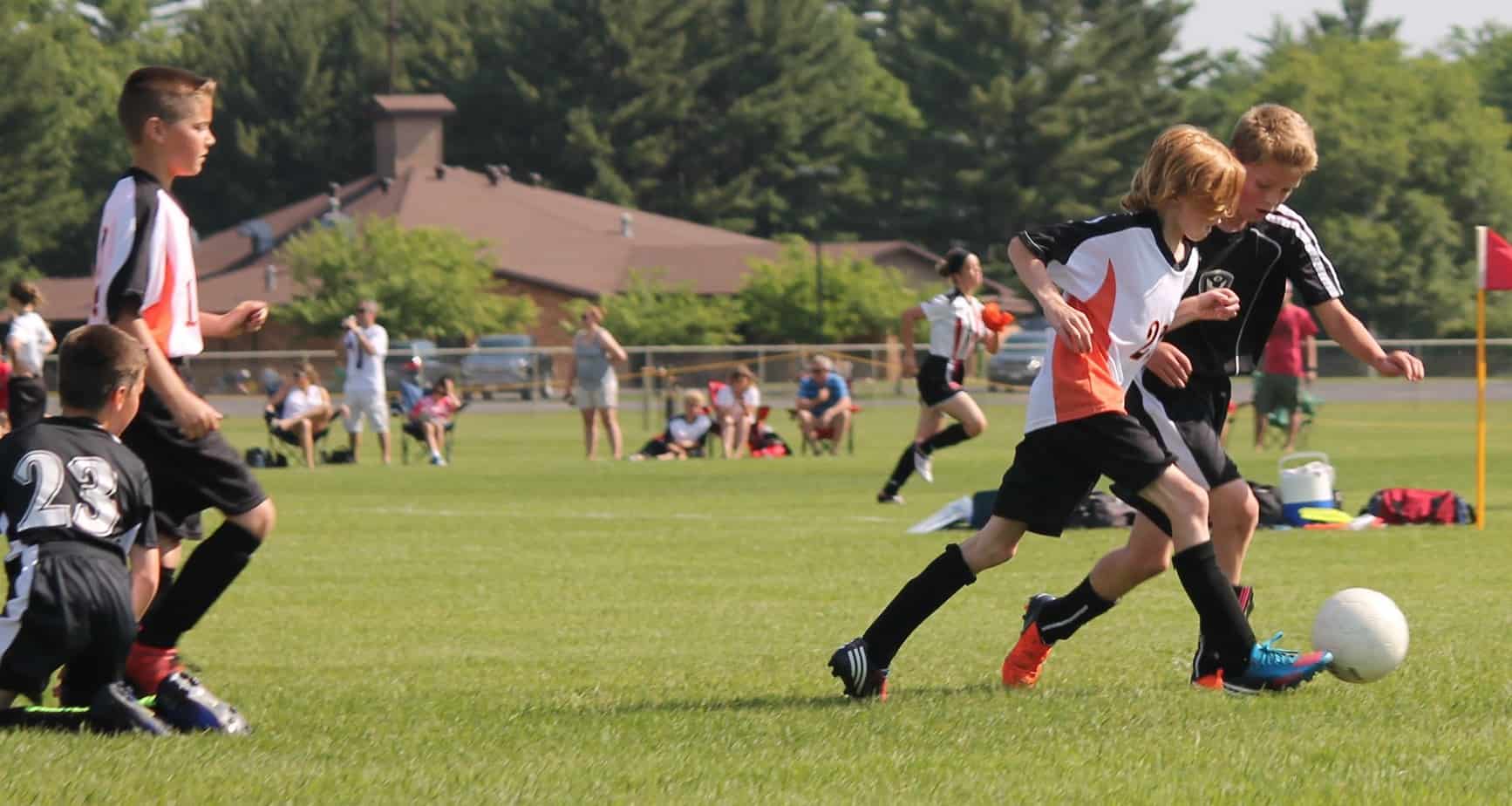Contents
- Background & Objective
- What They Did
- What They Found
- Practical Takeaways
- Reviewer’s Comments
- About the Reviewer
- Comments

Original study
Stern, D., Gonzalo-Skok, O., Loturco, I., Turner, A., and Bishop, C. (2020). A Comparison of Bilateral vs. Unilateral-Biased Strength and Power Training Interventions on Measures of Physical Performance in Elite Youth Soccer Players. Journal of Strength and Conditioning Research, 34(8); 2105-2111.
Click here for abstract
Background & Objective
The modern football player must consistently demonstrate competence through a host of physical qualities (e.g. acceleration, agility, change of direction). All of these are dependent on both bilateral (double-limb) and unilateral (single-limb) actions. Moreover, both actions have been previously shown as effective methods for developing various markers of athletic performance (see HERE). Based on this knowledge, the authors of this study determined whether bilateral and unilateral training enhanced the performance characteristics, and secondly, explored which training method is potentially more effective for youth athletes.
What They Did
Twenty-three elite youth players (17.6 years) were randomly assigned to either a unilateral (n = 11) or bilateral (n = 12) group. Strength sessions were completed twice a week for six weeks, with the unilateral group (UG) completing rear-foot elevated split squats (RFESS), single-leg countermovement jumps (CMJ), single-leg drop jumps (SLDJ), and single-leg broad jumps (SLBJ). The bilateral group (BG) performed back squats, CMJs, drop jumps (DJ), and broad jumps (BJ). Both performed between 3-4 sets of 3-6 reps. To investigate the impact of bilateral and unilateral training, one-rep maximum (1RM) was compared between the two groups for the squat and RFESS in addition to further measures, such as CMJ, DJ, BJ, 10- and 30 m sprints, and a 5-0-5 COD test.
What They Found
⇒ In the BG, significant improvements were found for 1RM back squat, 1RM RFESS, BJ, and 10- and 30m sprint speeds.
⇒ In the UG, the authors reported that 1RM RFESS, SLCMJ (left-leg), SLBJ (left-leg), 10m, and 5-0-5 right-leg times improved over the 6-week period.
⇒ Between-group measures (unilateral vs. bilateral) showed that both types of training were effective at improving performance, with no intervention proving to be more successful.
⇒ Once standardised, it was reported that the type of testing used was matched to the training method used. In other words, unilateral training methods seemed to favour unilateral testing (i.e. SLCMJ), whereas bilateral methods seemed to benefit double limb tests (i.e. back squat).
Practical Takeaways
⇒ Six weeks of structured strength and plyometric programme is sufficient to improve force characteristics. More specifically, working at loads between 75-85 % of 1RM for 3-4 sets of 3-6 reps is recommended.
⇒ Improvements in force production often coincide with strength development which serves as an injury-preventative method for youth athletes (see HERE). For example, the article below found a -50 % risk of injury after six months of regular S&C support in children of 10-12 years. The video below provides some fantastic and fun examples that can be instantly adapted for youth. Additionally, these provide an opportunity to develop the fundamental skill of balance.
⇒ From personal experience, building an individual’s understanding of a bilateral derivative only serves to speed up the learning of the unilateral variation. However, on performance alone, the current study suggests that over six weeks no differences are seen. In addition to this, single-leg training over longer periods (16 weeks) can have a cross-education effect, where training the left limb directly improves the force characteristics of the right limb (see HERE). This can not only support performance but serve as a valuable catalyst for recovery in injured players.
⇒ With reference to the above, an individual of 13 yr with a 1RM of 70 kg for a deadlift over 5 reps would move 250 AU (load x reps) in a session. However, they may be able to move 37 kg in a single-leg contraction for 5 reps for a total of 185 AU. Assuming that they could do this for both legs, the total AU would be 370. Therefore, whilst the use of single-leg work may have some advantages, including them in a preseason programme rather than in-season may lead to more favourable performance and development since training can potentially be longer due to greater recovery time.
Reviewer’s Comments
“The debate for coaches on using single- vs. double-limb movements may continue for quite some time. Whilst some coaches argue that single-limb exercises pose a greater requirement for stability, double-limb exercises allow individuals to move more load in a shorter amount of time. If coaches still need more information to support their programming, I’d highly recommend listening to Cal Dietz on the attached podcast. Here, Cal discusses how and when he programmes unilateral training and bilateral training, the hormonal response to these exercises, and some exercises that complement each other (e.g. back squat and a single-leg box squat).
In practice, coaches must remember that a loss of stability when undertaking unilateral variations often indicates that an athlete is learning to control their limbs through proprioception and can reflect learning, rather than low muscle strength. According to the concept of training specificity, it is unsurprising that training single-leg exercises would only serve to benefit single-leg measures and vice versa. Whilst I’d always advocate including both bilateral and unilateral training if an athlete comes to you with an acute goal (e.g. increasing their bilateral back squat), avoiding unilateral variations may be advised based on this study.”
Want to learn more?
Then check these out…


